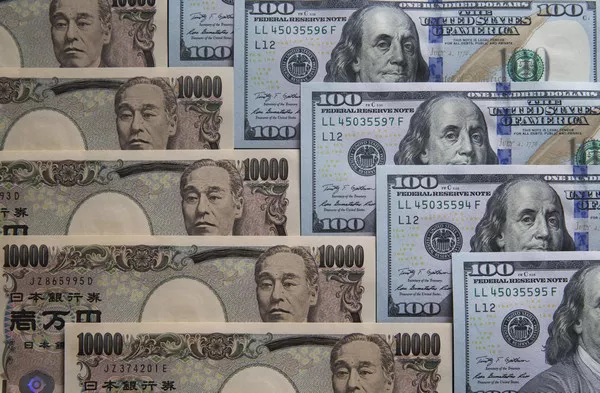In the dynamic world of foreign exchange (Forex) trading, timing plays a crucial role in maximizing profits and minimizing risks. Among the various currency pairs, the Japanese Yen (JPY) is known for its unique characteristics and sensitivity to specific market conditions. Traders seeking to capitalize on the movements of the yen must carefully consider the optimal times to trade this currency. In this article, we will explore the factors influencing the Japanese Yen’s volatility and provide insights into when traders might find the most favorable opportunities.
Understanding the Japanese Yen
Before delving into the timing considerations, it’s essential to grasp the key factors that influence the Japanese Yen’s behavior in the Forex market. The yen is often considered a safe-haven currency, meaning it tends to strengthen during times of market uncertainty or geopolitical tensions. This characteristic makes it an attractive choice for traders looking to hedge against risk.
Additionally, Japan’s economic indicators, such as GDP growth, inflation rates, and monetary policy decisions by the Bank of Japan (BoJ), have a significant impact on the yen’s value. Furthermore, global economic trends, trade balances, and geopolitical events also contribute to the yen’s volatility.
Optimal Trading Hours
The Forex market operates 24 hours a day, five days a week, and is divided into different trading sessions, each dominated by major financial centers. To determine the best times to trade the Japanese Yen, it’s crucial to understand when these trading sessions overlap, providing increased liquidity and potentially more favorable trading conditions.
Tokyo Session (Asian Session):
The Tokyo trading session is the first major market to open and is considered the Asian session. It starts at 00:00 GMT and lasts until 09:00 GMT. Since the Tokyo session is the home market for the Japanese Yen, trading the JPY during these hours can provide opportunities as liquidity increases. Traders may witness increased volatility in yen pairs as Japanese market participants react to overnight developments.
London-Tokyo Overlap:
One of the most liquid periods for trading the Japanese Yen occurs during the overlap between the London and Tokyo sessions. This overlap takes place from 08:00 GMT to 09:00 GMT. During this time, traders can benefit from increased trading activity, as both Japanese and European markets are active simultaneously. As a result, yen pairs like USD/JPY and EUR/JPY may experience heightened volatility, offering potential trading opportunities.
US-Tokyo Overlap:
The overlap between the US and Tokyo sessions, occurring from 01:00 GMT to 05:00 GMT, is another critical period for trading the Japanese Yen. This time frame is particularly important for traders looking to capitalize on early-morning market movements in Japan while also considering the influence of upcoming economic data releases and news from the United States.
Factors Influencing Yen Volatility
Understanding the factors that drive volatility in the Japanese Yen can help traders make informed decisions about when to enter or exit positions. Some key factors to consider include:
Economic Indicators and Data Releases:
Paying close attention to economic indicators and data releases from Japan, such as GDP figures, inflation rates, and employment reports, can provide insights into the yen’s potential movements. Additionally, announcements from other major economies, especially the United States and Europe, can impact the yen’s value.
Bank of Japan (BoJ) Announcements:
The BoJ plays a crucial role in shaping Japan’s monetary policy. Traders should be aware of scheduled BoJ announcements, interest rate decisions, and any statements made by BoJ officials. These events can significantly influence the yen’s strength or weakness.
Global Economic Events:
Since the Japanese Yen is considered a safe-haven currency, geopolitical tensions, economic crises, and global market uncertainties can drive investors towards the yen. Monitoring global events and news that may impact market sentiment is essential for traders focusing on the JPY.
Conclusion
In conclusion, trading the Japanese Yen requires a nuanced understanding of its unique characteristics and the factors influencing its value. Timing is a critical aspect of successful Forex trading, and traders looking to engage with the yen should consider the various trading sessions and overlap periods.
The Tokyo session, with its focus on the Japanese market, provides opportunities for traders to capitalize on yen movements. The London-Tokyo and US-Tokyo overlaps offer additional windows of increased liquidity and potential volatility. However, traders must also remain vigilant about economic indicators, central bank announcements, and global events that can impact the yen’s value.
By combining a solid understanding of market dynamics with a strategic approach to timing, traders can enhance their ability to navigate the complexities of the Japanese Yen and make informed decisions that align with their trading goals.


